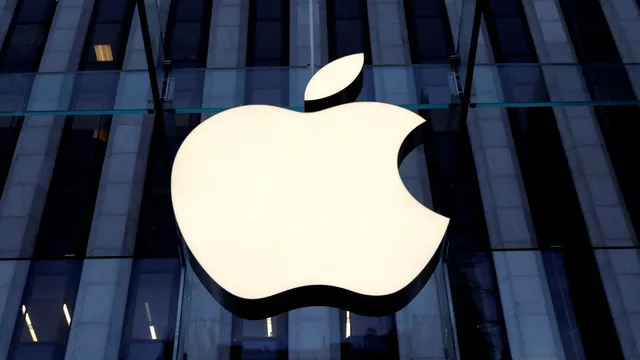- By Prateek Levi
- Sun, 29 Jun 2025 07:34 PM (IST)
- Source:JND
Apple’s development of the first iPhone was conducted under strict secrecy. Internally, the project was referred to as Project Purple, and details were kept confidential even within the company.
In a 2017 interview with The Wall Street Journal, Scott Forstall, former senior vice president of iOS at Apple, explained, “We put a poster up on the wall. The first rule of Project Purple was you don’t talk about Project Purple.” The team described the working environment as similar to Fight Club, operating separately and under considerable pressure.
According to those involved, Apple employees outside the core team were largely unaware of the project’s specifics. Hardware and software teams worked in isolation, with minimal information shared between them. Greg Christie, a former Apple software designer, said, “Not one person knew what iPhone was gonna look like right before that keynote. People thought they knew that Apple was doing the phone, but nobody knew what they were going to see that day.”
Forstall also spoke about the workload during critical development phases. “168 hours a week for two weeks,” he said, describing the effort to finalise the iPhone’s user interface. Earlier designs resembling iPods were eventually set aside in favour of a different direction.
ALSO READ: Zomato’s Deepinder Goyal Backs LAT Aerospace To Revolutionise Regional Air Travel In India
A Benzinga report cited Tony Fadell, who worked on both the iPod and iPhone, describing the first demo units as large and unrefined. The project took a new turn when Steve Jobs asked whether the multitouch screen originally designed for a tablet could be adapted for a phone. “It was like a Big Mac,” Fadell said of the prototype.
The on-screen keyboard presented one of the most significant challenges. Forstall noted that all other interface work was paused until the keyboard met expectations. After testing several versions, the team adopted a predictive typing system developed by one of the engineers. That system still underpins the iPhone keyboard today.

